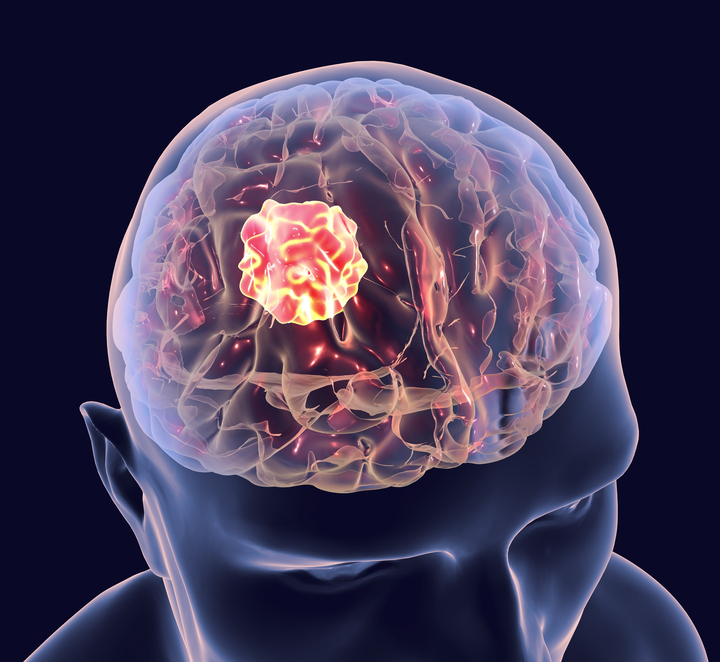
Brain tumours are masses of heterogeneous cells, called neoplasms, which differ in cellular characteristics, aggressiveness, location, prognosis, and treatment therapies.
Brain tumours are divided into primary or primitive, originating in the Central Nervous System, and secondary or metastatic, if they originally developed in other organs and subsequently spread to the nervous tissue. In turn, primary or primitive tumours are divided into glial tumours or gliomas, which originate from glial cells and include astrocytomas, glioblastomas, and oligodendrocytes; and nonglial tumours, which arise from other brain cells, such as cerebral lymphomas, medulloblastomas, or meningiomas.
The main causes of brain tumours include genetics, radiation exposure, older age, exposure to toxic chemicals, family history, some hereditary medical conditions, and exposure to radon gas. However, the cause often remains unknown.
Understanding brain tumours requires a multidisciplinary approach, involving physicians, researchers and patients. The fight against these malignancies requires not only knowledge but also a global commitment to improving the diagnosis, treatment and quality of life of patients.
BIBLIOGRAPHY:
Louis, DN, Perry, A, Reifenberger, G, et al: The 2016 World Health Organization Classification of Tumors of the Central Nervous System: a summary. Acta neuropathologica, 131(6), 803-820, 2016.
Weller, M, van den Bent, M, Tonn, JC, et al: European Association for Neuro-Oncology (EANO) guideline on the diagnosis and treatment of adult astrocytic and oligodendroglial gliomas. The Lancet Oncology, 18(6), e315-e329, 2017.


[…] Italiano English […]
"Mi piace""Mi piace"